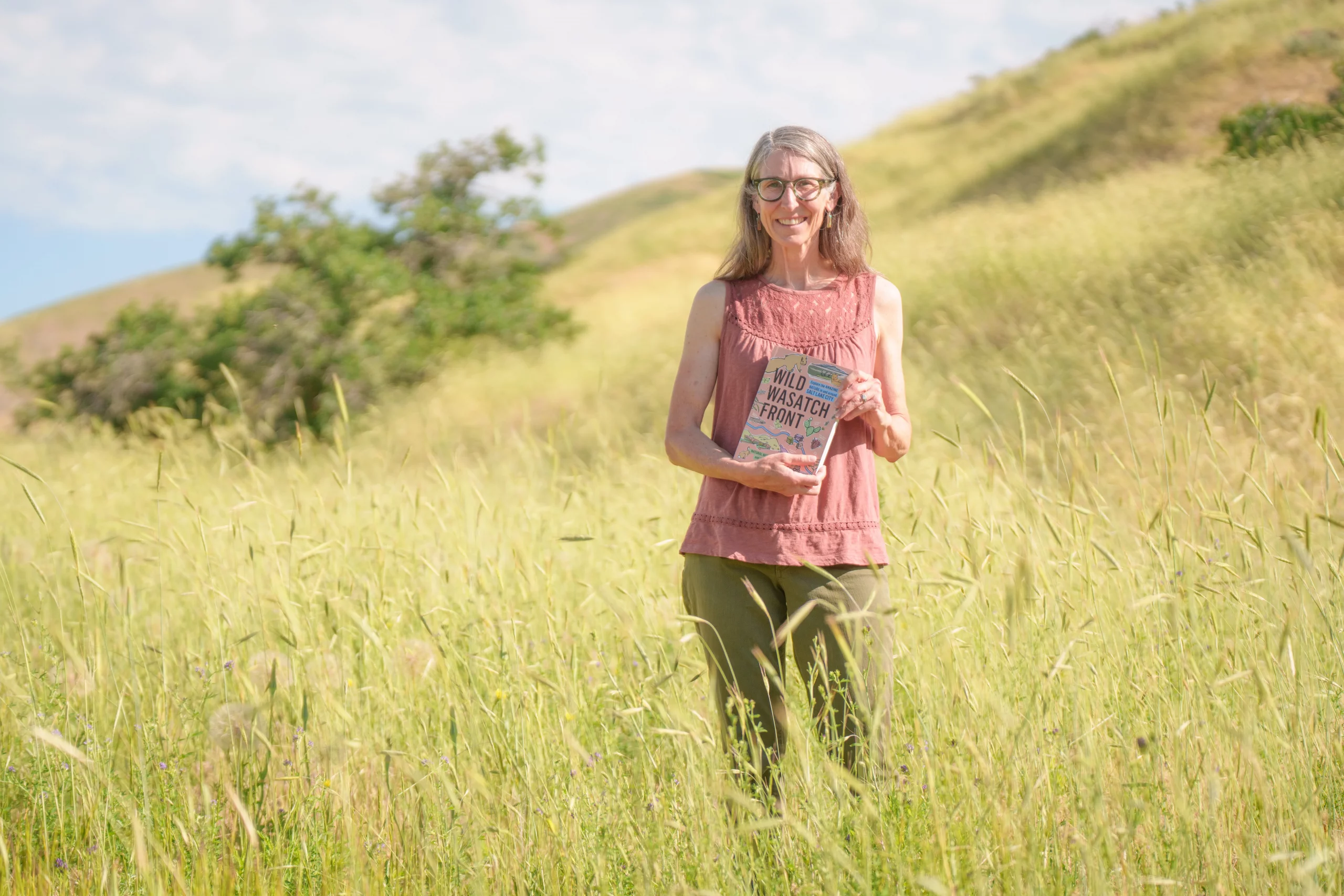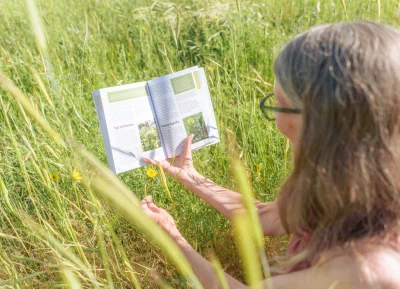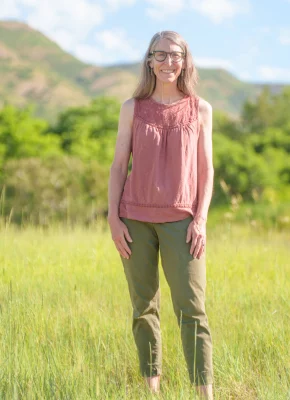
Authentic Nature: Lisa Thompson’s Wild Wasatch Front
Book
“Where do you experience nature?” asks author and exhibit designer Lisa Thompson. Utah is famous for its breathtaking natural world. Rolling red rocks blanket the southern half of the state while steep, snow-capped mountains run the length of the eastern border. These emblems of Utah are what we typically associate with nature: grand, unique and ultimately, separate from the places so many of us call home.

While many of us look for nature as something remote, Thompson looks closer to home. Growing up in the foothills of Millcreek Canyon, Thompson has fond memories of the nature of the Wasatch Front. “We spent a lot of time in our front yard, where there were remnants of some Gambel oak. We’d just play forever and ever,” she recalls. Thompson’s experience with nature has critically informed the rest of her life. Through her work in museums like the Natural History Museum of Utah (NHMU), Thompson has sought to share that experience with others.
“This species guide would be a way to introduce you to your natural neighbors.”
Human society and nature are usually viewed as opposites, but in her book Wild Wasatch Front, Thompson and the NHMU draw on urban ecology to dispel that myth. Equal parts guidebook and story collection, Wild Wasatch Front turns the naturalist’s lens onto the less mythic areas of Utah.

“We wanted to give people a broader definition of nature,” says Thompson. “One that would make nature accessible in your everyday life.” Echoing the works of famous botanist and author Robin Wall Kimmerer, WWF uses personal narratives and natural history to unveil the secrets of our own backyards. The book opens with a collection of nine essays from local naturalists and environmental professionals whose words act as “kaleidoscopes” to view unseen sides of the Wasatch Front. Next, the book shares 127 short biographies of local plants, animals, fungi and lichen. Each living thing is presented with its own story, eschewing typical guidebook conventions like distribution and size-comparison charts and instead offering bite-sized narrative chunks about the organism. The work is rounded out by 21 local “field trips” that offer opportunities to find the previously discussed creatures and concepts.
Wild Wasatch Front is not the first way Thompson has played with concepts of urban ecology. The book’s genesis comes from a 2018 NHMU exhibit entitled “Nature All Around Us.” As an exhibit designer for the museum, Thompson worked with scientists, educators and public officials to realize human connection to the unassuming wilds of the Salt Lake Valley. The exhibit was a success, but its existence was only temporary. As the museum prepared for its next showcase, Thompson felt she still had more work to do with Utah’s urban ecology.
After learning of a similar undertaking by the Natural History Museum of Los Angeles County, Thompson knew the best way to ensure the continued legacy of the project. She contacted many of the same people with whom she worked on the initial exhibit to source material for the book, additionally drawing on citizen science resources such as iNaturalist. Thompson built upon her foundation of knowledge to create a work that facilitates not only appreciation of nature, but community in it.
“We wanted to give people a broader definition of nature.”
Some of the book’s most uplifting moments are in the “field trips” section. In sharing the stories of places like Utah Lake, Thompson relates their arduous histories. For decades, the lake was used as dumping grounds for the raw sewage of many surrounding municipalities. Utah Lake’s June sucker population declined so much that the fish species was listed as endangered. Citizens took interest in the lake’s recovery, hosting clean-ups and working with the state to reconstruct the once-destroyed river delta, paving the way for June sucker population recovery. Now, Utah Lake boasts family-friendly trails and water activities alongside a thriving ecosystem.
Utah’s nature is not just exciting in the desert or mountains; it is exciting all around us. Thompson hoped that “this species guide would be a way to introduce you to your [natural] neighbors,” she says. To find a copy of the book, check out Amazon, your local bookstore or the NHMU itself. To find the subjects of the book, look outside your window.
Read more about connecting with nature:
David Baddley : Finding The Line Between Nature And Self
Emboddied Ecologies: Where Disabilty Meets The Natural World